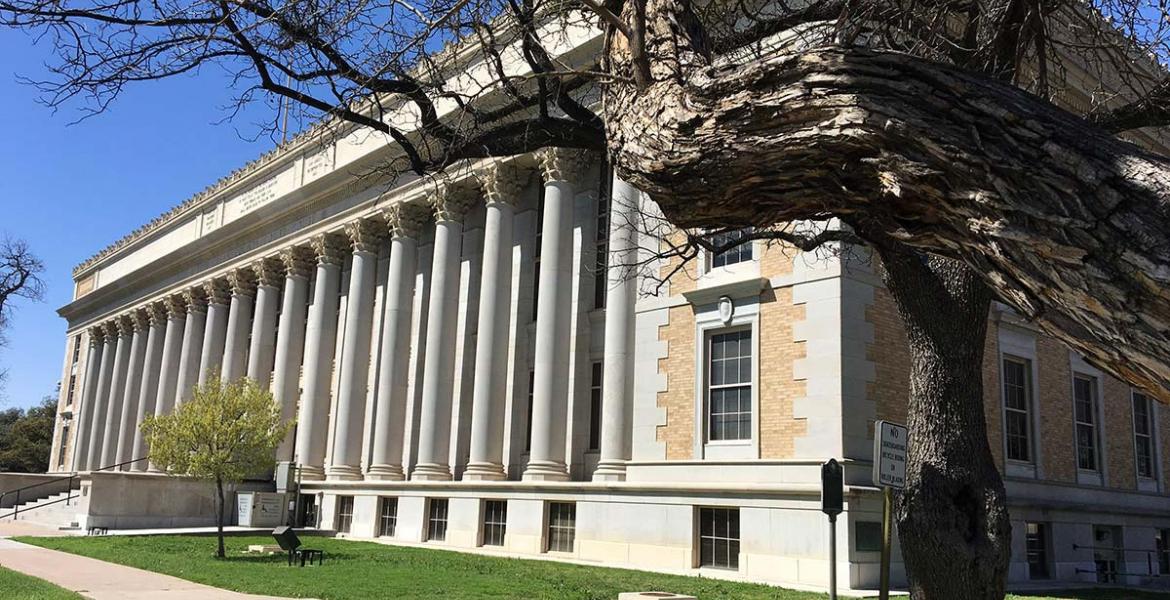The Dodd–Frank Wall Street Reform and Consumer Protection Act passed on July 21, 2010, with the intent to prevent another financial crisis like the one we encountered in 2008, thus protecting the millions of consumers hurt by the recession.
The act was passed to promote the financial stability of the United States by improving accountability and transparency in the financial system, to end "too big to fail" banks, to protect the American taxpayer by ending bailouts, to protect consumers from abusive financial services practices and for other purposes.
If we assess the act through the lens of protecting consumers, the act has failed. The unintended consequence of Dodd-Frank is the death of community banks while Wall Street’s “too big to fail” banks continue to thrive. Even Goldman Sachs CEO Lloyd Blankfein stated publicly in 2010 that his firm would “be among the biggest beneficiaries of reform.”
So where does the consumer come into play? A recent George Mason University study of small banks (under $10 billion in assets, i.e. community banks for the purpose of this discussion) found that their “ability to gather and consider ‘soft information’ enables them to lend to borrowers that might not be able to get loans from larger institutions that rely more on standardized lending criteria,” so-called “informationally opaque borrowers.” Soft information is the type of knowledge a community bank has about its customer — whether they’ve ever missed a payment, whether they just lost their job, etc. — that might be overlooked by using a strict formula that determines if someone gets a loan.
Dodd-Frank regulations have increased compliance costs and caused a shrinking of the community lending pool. Therefore, “informationally opaque borrowers,” as the George Mason study calls them, are not being served.
These potential borrowers aren’t being denied mortgage loans because they can’t afford them; rather, the community banks that would normally offer them a loan simply aren’t in the business of lending anymore.
Dodd-Frank has made these banks reassess their business models. For example, according to a survey conducted by the American Bankers Association, 78 percent of banks have said they will or may need to change their nature, mix and volume of mortgage products in response to regulatory changes.
This exit of community banks from the lending market is an unintended consequence of Dodd-Frank that could be fixed with a relaxing of regulations for community banks.
One may be asking, who cares if a couple of small rural banks go away? Who does that really affect? To answer that question, according to the FDIC, more than 1,200 U.S. counties (out of a total of 3,238), encompassing 16.3 million people, would have limited physical access to mainstream banking services without the presence of community banks.
By forcing community banks out of consumer lending, Congress has started the process of leaving those 16.3 million people behind. That may sound dramatic but Texas alone has 126 fewer banks now than before Dodd-Frank — the movement to leave these people without proper financial services is already in motion.
Texas’ economy has been the healthiest in the nation during that time period so that’s not the cause of these banks’ disappearing acts. These banks didn’t fail; their local owners decided it was easier to sell their institutions than it would be to find the employees necessary to keep up with all of the new regulations coming from D.C.
No one rational is arguing for a Wild West scenario devoid of any bank regulation. When it works well, bank regulation helps ensure the safety and soundness of the overall banking system.
When it does not — like in the case of Dodd-Frank — it constricts the natural cycle of consumer and small business lending, job growth and economic expansion.
Finding the right balance is key to encouraging growth and prosperity as unnecessary regulatory requirements lead to compliance expenses, which reduces the resources devoted to lending.
Would you like additional proof that the Dodd-Frank Act hasn’t found the right balance? Ben Bernanke is the former Federal Reserve chairman, meaning he was the head of the entire central banking system in the United States from 2006 to 2014, and even he couldn’t refinance his mortgage last year. Now imagine how difficult it must be for the rest of us to refinance who don’t command $250,000 per speaking engagement.
So what’s the solution for helping out the consumers the Dodd-Frank Act is leaving out in the cold? FDIC Vice Chairman Thomas Hoenig has one: He says banks should get regulatory relief if they hold foreign exchange and interest rate derivatives worth less than $3 billion, maintain an equity-to-asset ratio of at least 10 percent and don’t engage in trading activity.
In layman’s terms, that sounds like easing the regulatory burden specifically for community banks while leaving the proper regulations in place to prevent another financial crisis.
Easing that burden allows community banks to get back to helping their customers build their dreams — like providing a loan to pay for college tuition or a mortgage loan to a family looking to own their first home.
Subscribe to the LIVE! Daily
Required






Comments
Listed By: Yosemite Sam
The 1999 Gramm–Leach–Bliley Act (GLBA), which repealed the two provisions of the Glass-Steagall Act of 1933, restricting affiliations between banks and securities firms is the culprit that enabled the proliferation of "too-big-to-fail" banks. The reinstatement of Glass-Steagall would go a long way to restore confidence in the banking industry as a whole.
- Log in or register to post comments
PermalinkListed By: Rudy Gonzales
Texas Bankers Association president and CEO, Eric Sandberg, writes that "The Dodd–Frank Wall Street Reform and Consumer Protection Act passed on July 21, 2010, with the intent to prevent another financial crisis like the one we encountered in 2008, thus protecting the millions of consumers hurt by the recession.
Dodd-Frank also established the SEC Office of Credit Ratings, since credit rating agencies were accused of giving misleadingly favorable investment ratings that contributed to the financial crisis. The office is tasked with ensuring that agencies provide meaningful and reliable credit ratings of the entities they evaluate.
Elizabeth Warren said: "Dodd-Frank isn't perfect. It should have broken CitiBank into pieces!
Remember the words of the "Occupy Wall Street" group - The "concentration of wealth in the hands of fewer and fewer people and the concentration of power in stricter, less compassionate hands," still holds true today more than ever! Better to believe Elizabeth Warren than Sandberg!
https://www.youtube.com/watch?v=OjyBq1KhNg0
- Log in or register to post comments
PermalinkPost a comment to this article here: